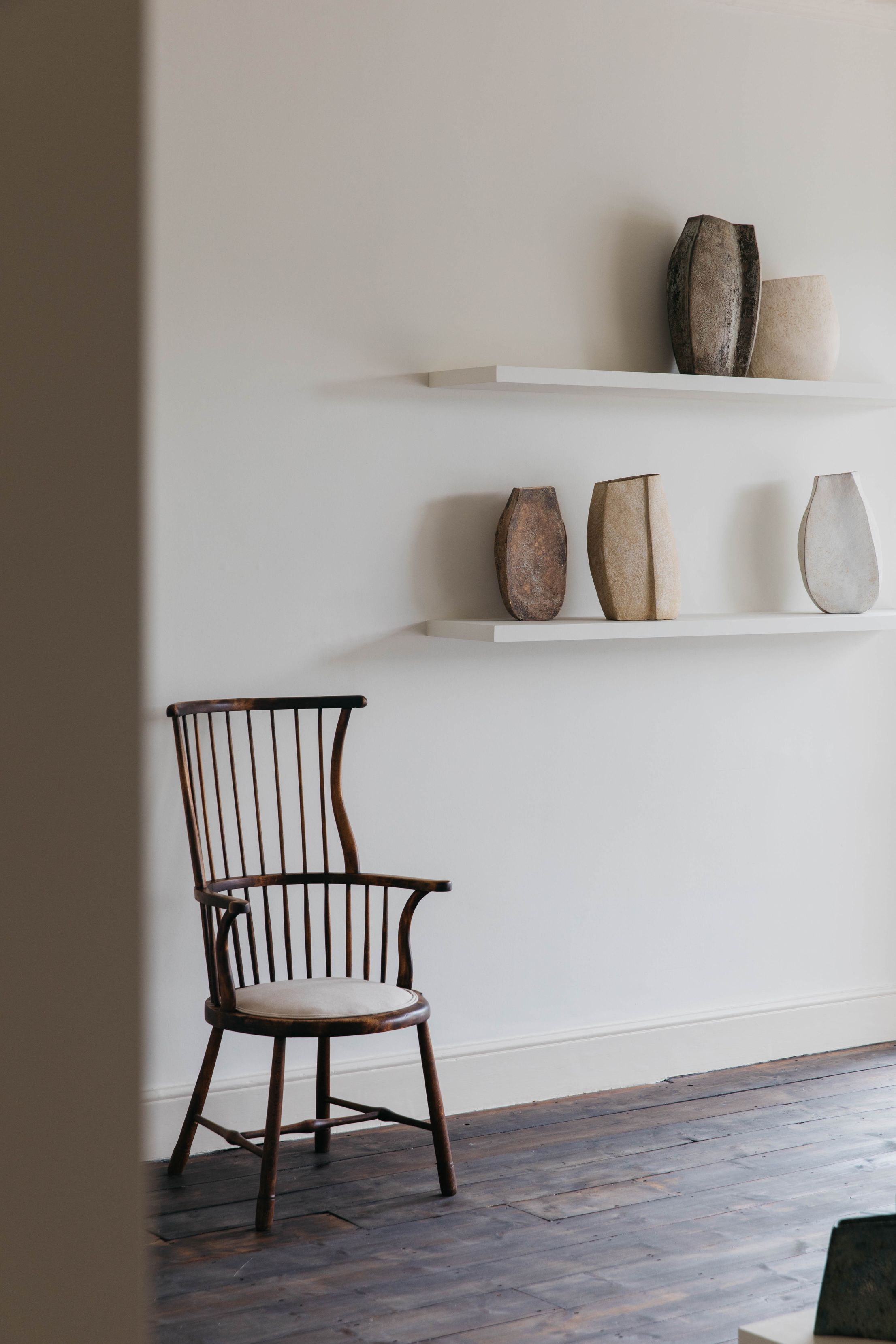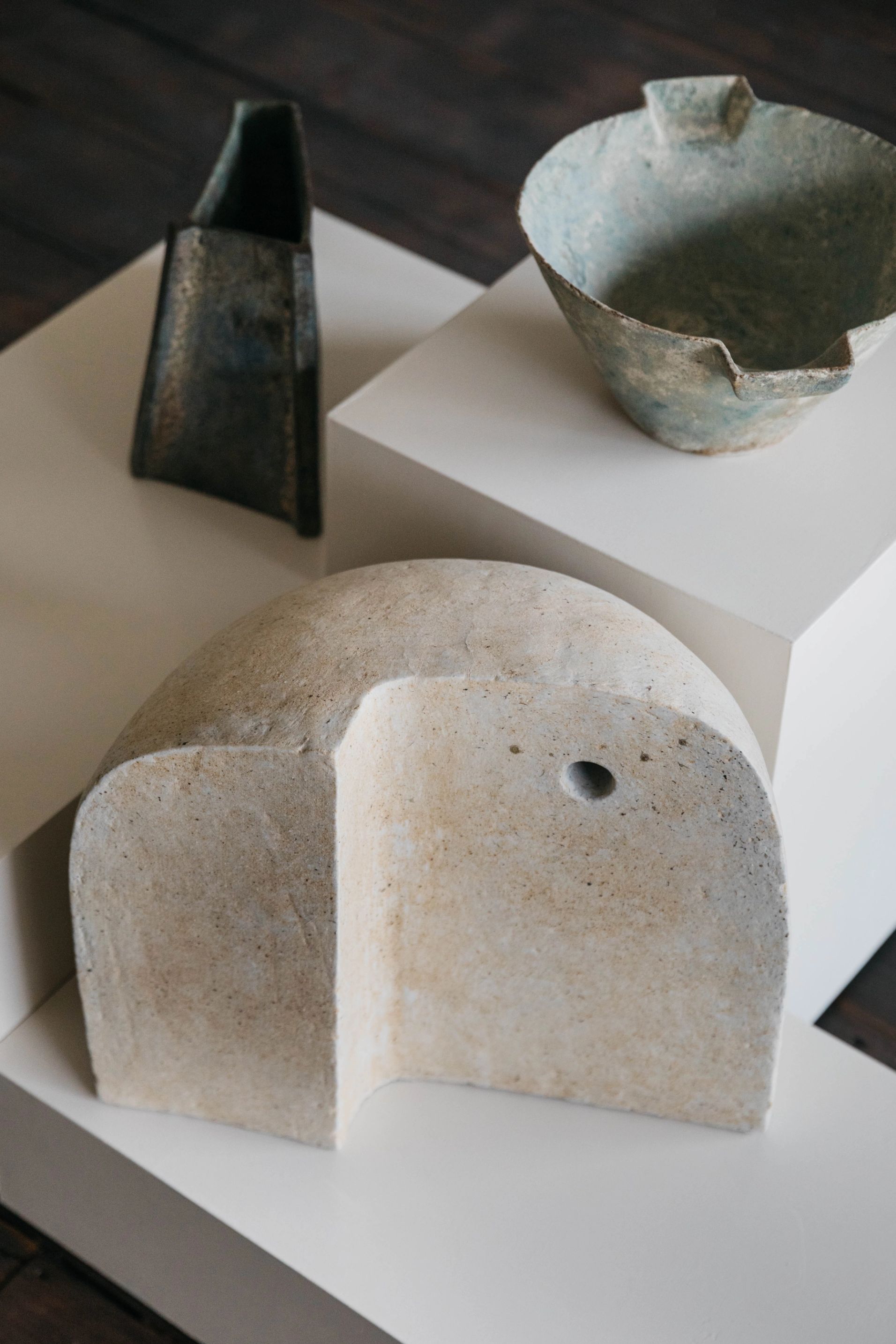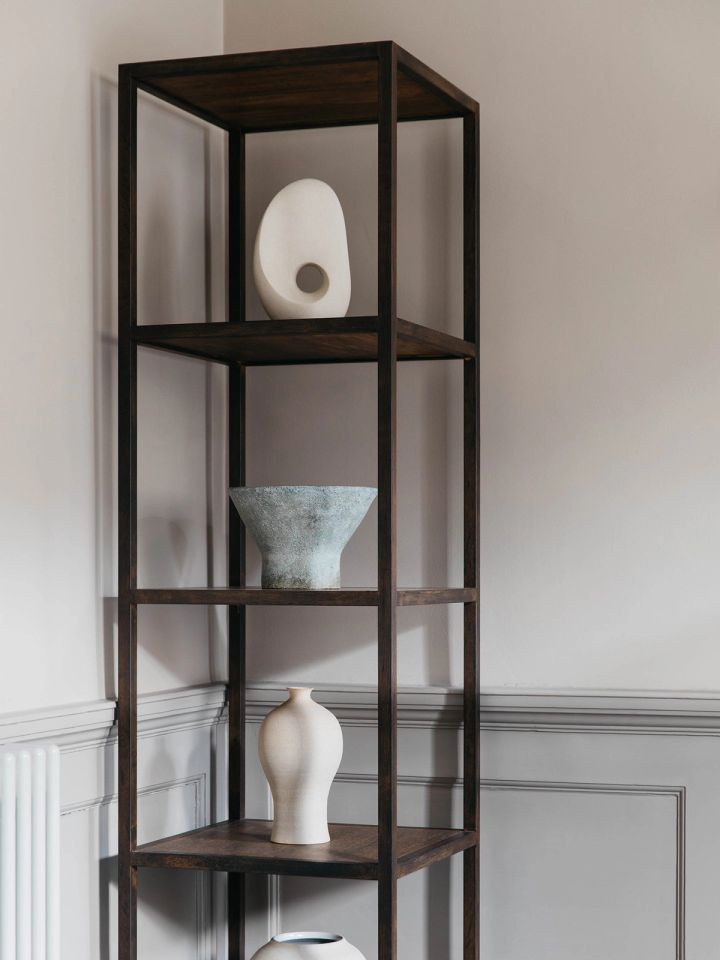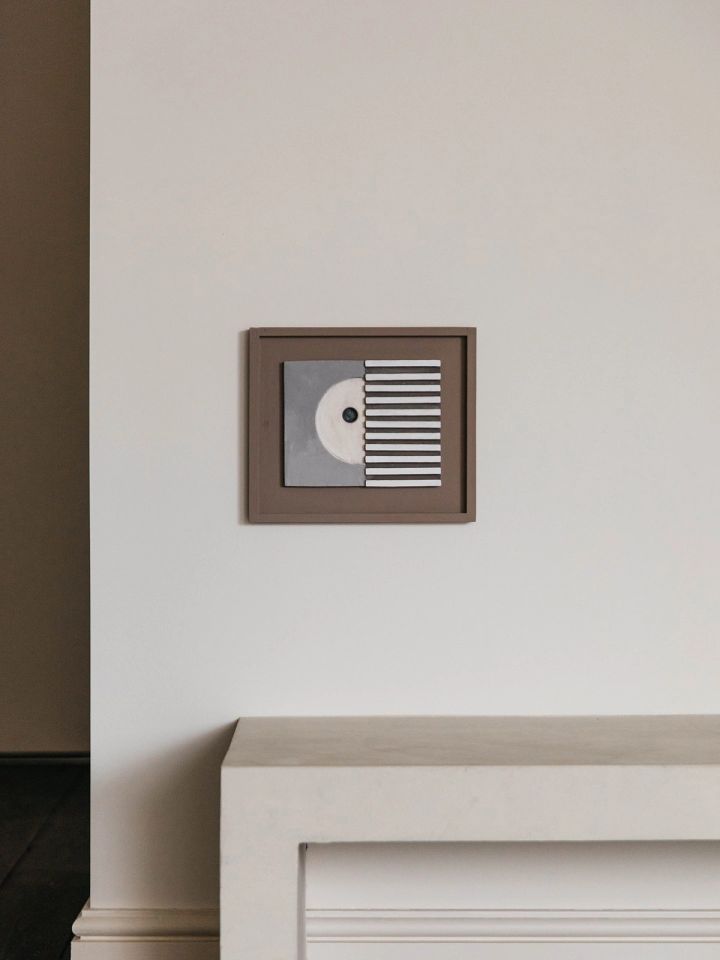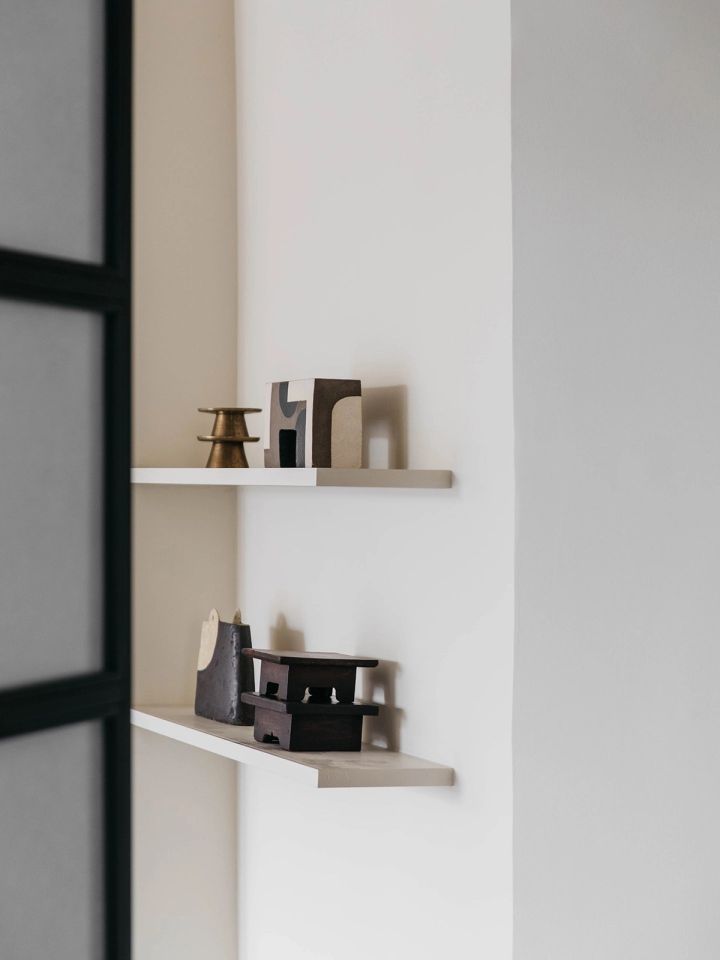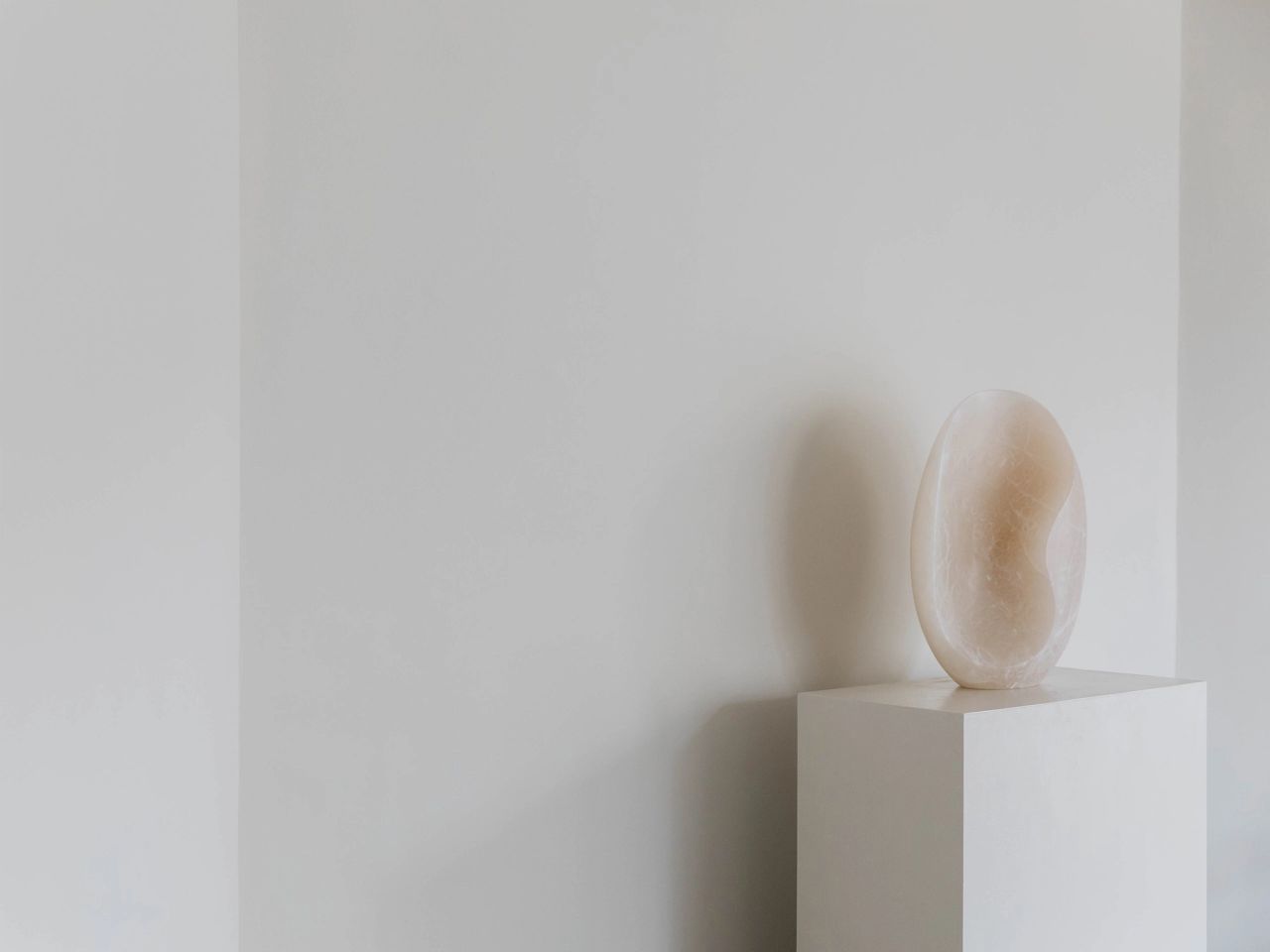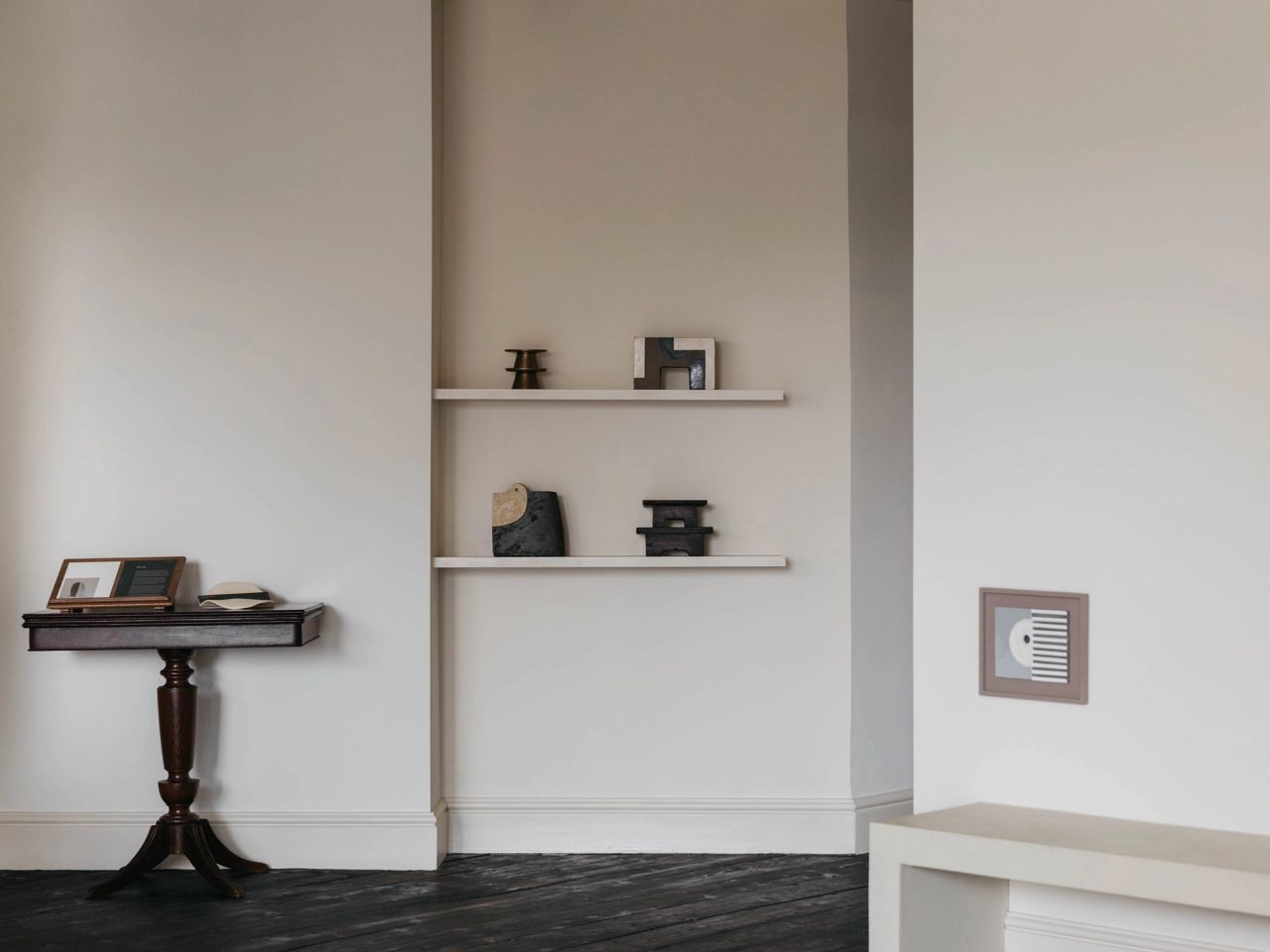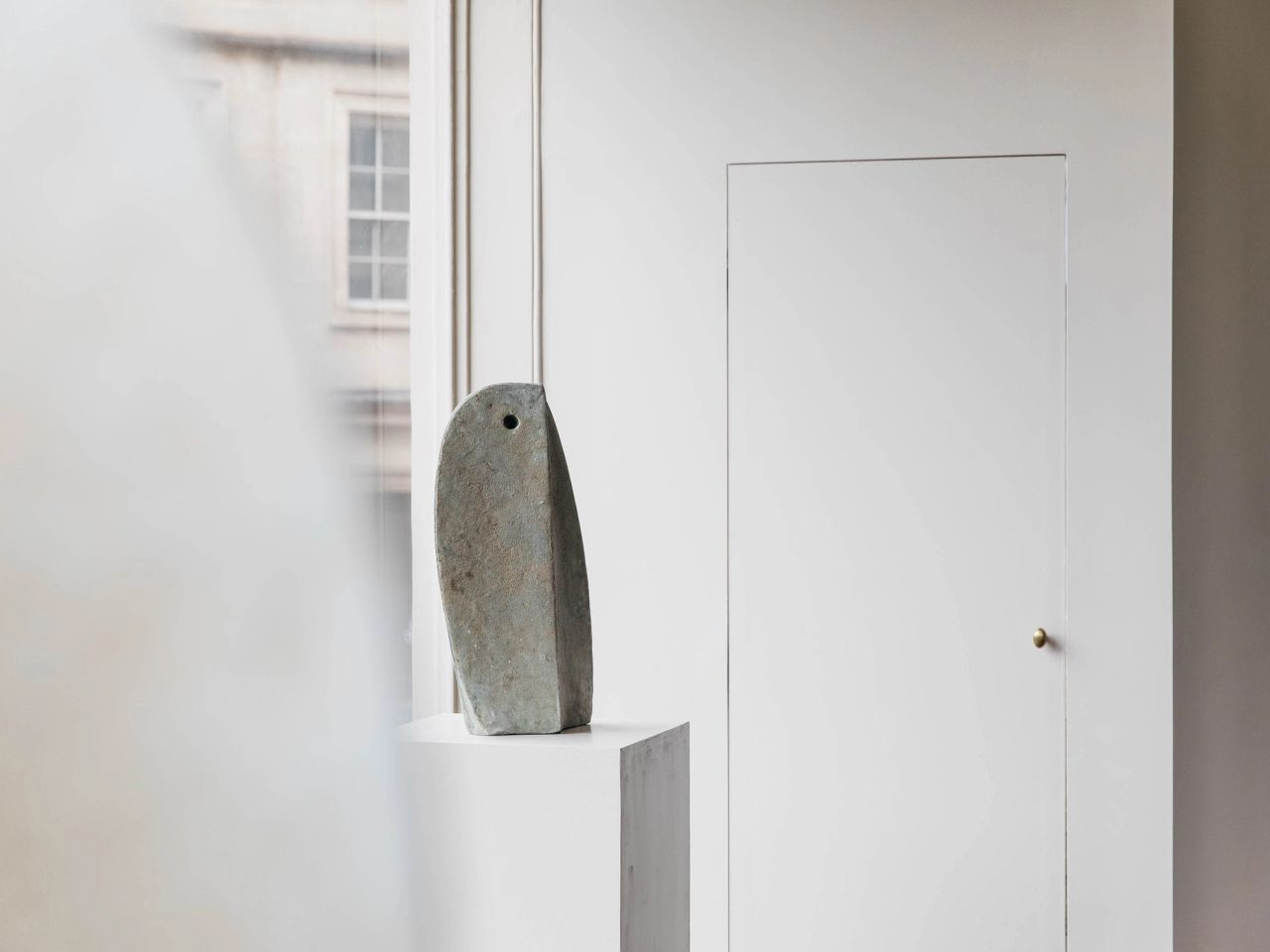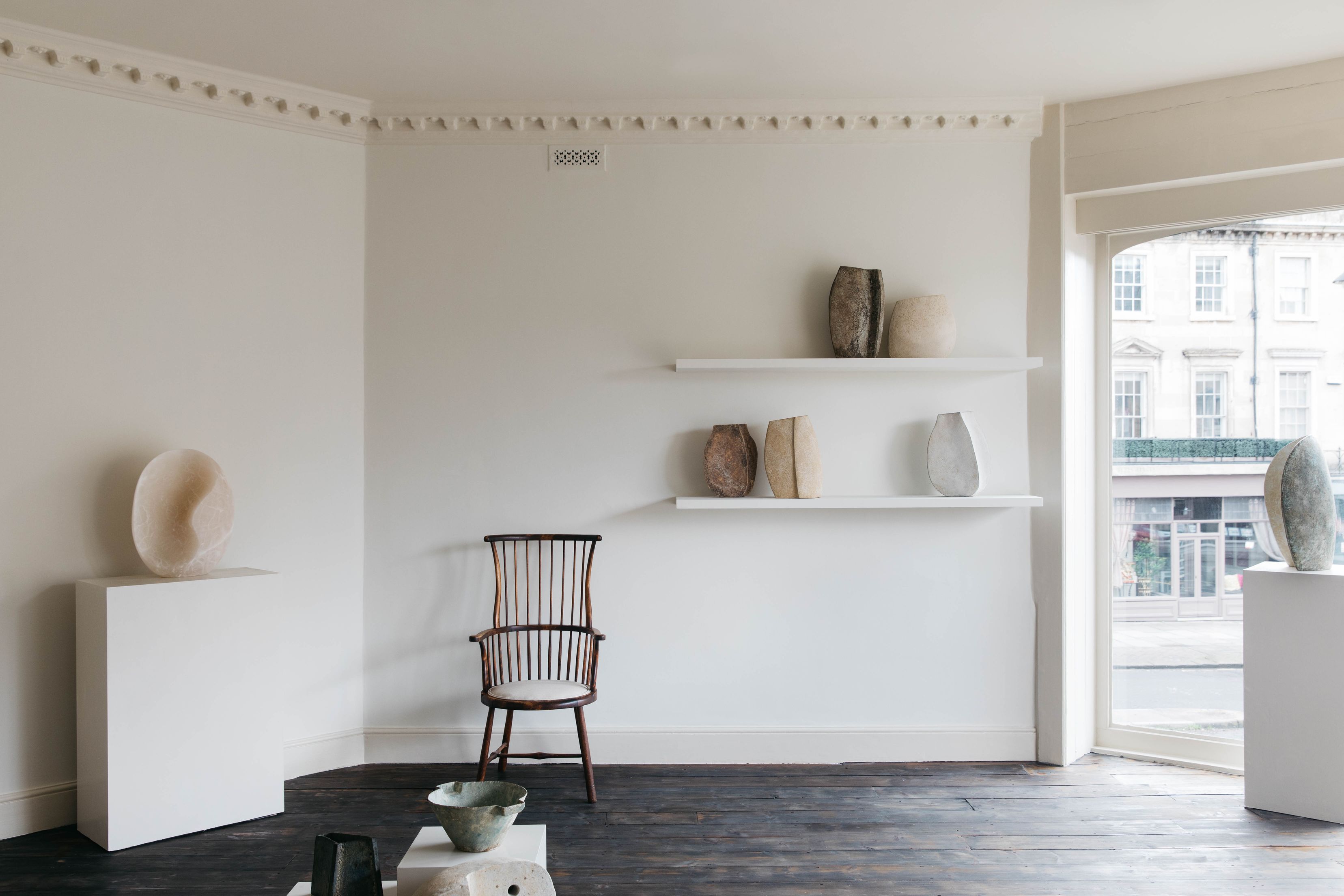Paul Philp: UnearthedJan 31 – Apr 4, 2020
Unearthed is a solo exhibition by studio potter Paul Philp, featuring ceramics, relief works, and an alabaster sculpture, built by hand over the last 10 years in his home studio in Bath, United Kingdom. His work is informed by a fascination with ruins, antiquities, Asian art, and geology. “I’ve always had an enquiring mind about these subjects,” he says. “I have developed a vast collection of Asian and Tribal art catalogues over the years, as well as various antiquities, including an ancient Egyptian vase, a Buddhist terracotta sculpture, and hundreds of prehistoric stone artefacts, such as Native American arrow heads.”
A passion for stonework pervades Philp’s practice. He spent several years focusing on the renovation of Llansôr Mill in Monmouthshire, his home for 35 years, using reclaimed stone gathered from the surrounding countryside. “I would discover old farm buildings being demolished, and find exceptionally large stones that were beautifully aged,” he says. “It was my version of romantic archaeology.” The large ceramic sculpture in the gallery’s window display, formed of five stoneware blocks, testifies to Philp’s love of such forms.
His work is the product of a methodical, disciplined process: each piece might involve four or five high-temperature firings, whereby thin layers of black clay and iron oxide, liquid white China clay, wood ash, or other glazes are applied in stages to the surface of the ceramic, creating a uniquely rich, textural patina, as if the piece has eroded organically over time. By using a mixture of clays with different shrinkage rates to build each pot, Philp encourages subtle craters and imperfections to arise during the firing, recalling the natural weathering of stone. When living in Monmouthshire, he often mixed combustible organic materials into the clay, creating dramatic fissures and fossil-like impressions.
Philp’s work also demonstrates a deep sensitivity to form. A long experimentation with three-sided and four-sided vases has resulted in the refinement of a dynamic, shifted shape, where perspectives seem to merge across its gently tilted planes. “Vase shapes have always intrigued me,” Philp says. “I wanted the challenge of somehow making the epitome of a classic vase, but taking it further, beyond the traditional, rounded form.” Having settled on this four-sided shape over a decade ago, Philp continues to gain a nuanced understanding of its form through repetition, making only the slightest adjustments to each piece.
The unpredictable nature of the kiln provides a constant tension in Philp’s practice. His epitomic vase shape arose from attempting to solve a problem with an exaggerated shallow vessel with a wide plane, which persisted to crack across the shoulders when fired. The perspective-shifting, four-sided shape evolved to overcome this fault. “Although I have since discovered how to fire those narrow, two-sided vessels successfully, the stresses and challenges of the kiln at the time led to its own artistic development,” Philp says. “I am just fascinated by the challenge of pottery – the balance of chance, learning, and careful, methodical thought. It is what motivates me to keep working.”
The irregular placement of Philp’s vases in the gallery, scattered across shelves and accompanied by a stick back armchair, is inspired by his nearby studio. Other vases and sculptures are raised on plinths in the windows, with three pieces clustered together in the centre of the space. Against the back wall, a large alabaster sculpture has an ethereal but arresting presence, its veined surface gently illuminated as daylight passes through its curved form.
Words
- Ollie Horne
Photos
- Toby Mitchell
Featured works
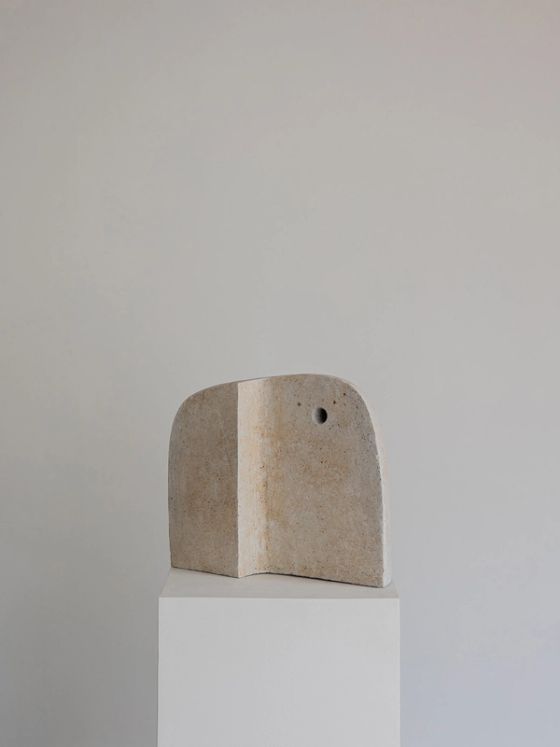
 Bath Gallery
Bath GalleryPaul PhilpUnearthed 08, c. 2015
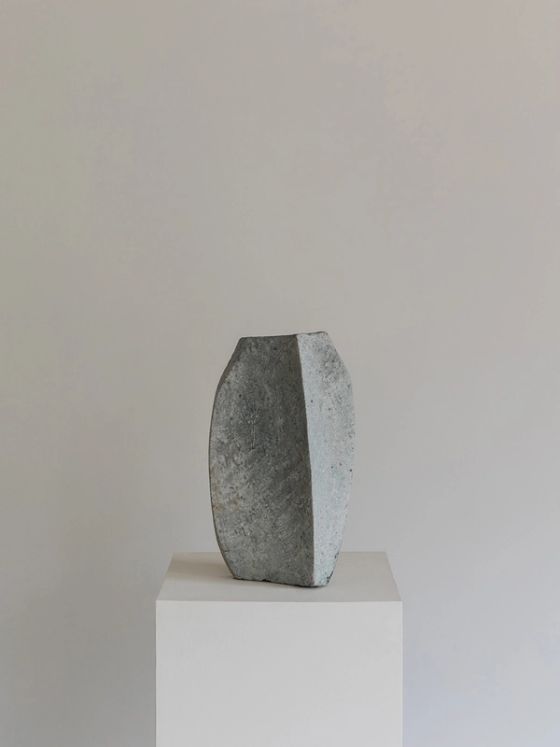
 Bath Gallery
Bath GalleryPaul PhilpUnearthed 12, c. 2015
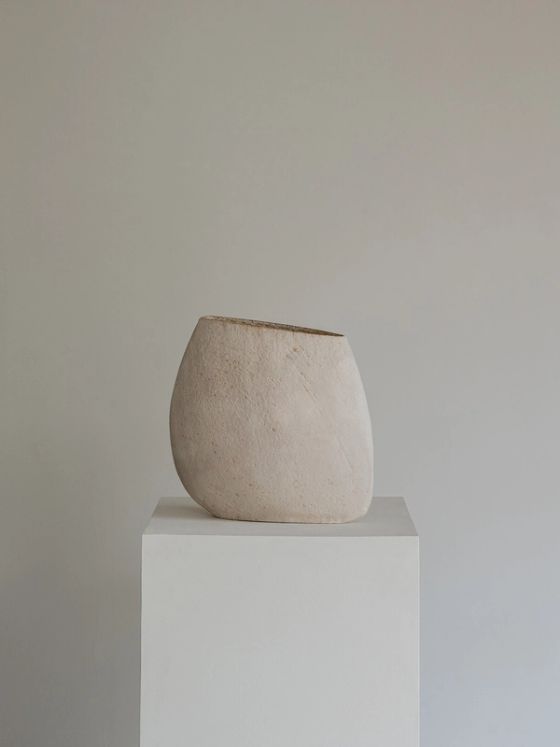
 Bath Gallery
Bath GalleryPaul PhilpUnearthed 06, c. 2015

 Bath Gallery
Bath GalleryPaul PhilpUnearthed 13, c. 2015
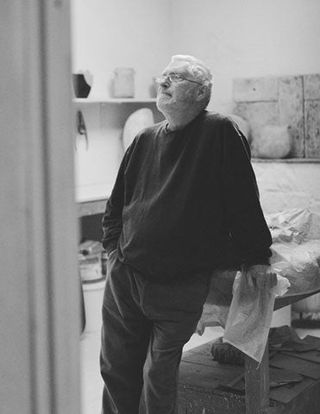
Paul Philp is a studio potter who has been making ceramics for over 50 years. Building everything by hand, he is free to create the forms his imagination requires, beyond the restraints of a potter’s wheel.
Related exhibitions

Time is captured within all works of art, it is an inherent and irrevocable ingredient. However, for the artist, it is the unseen time that is perhaps most essential – the time between layers, where one sits back, allowing one coat to dry or to set, before continuing on.
